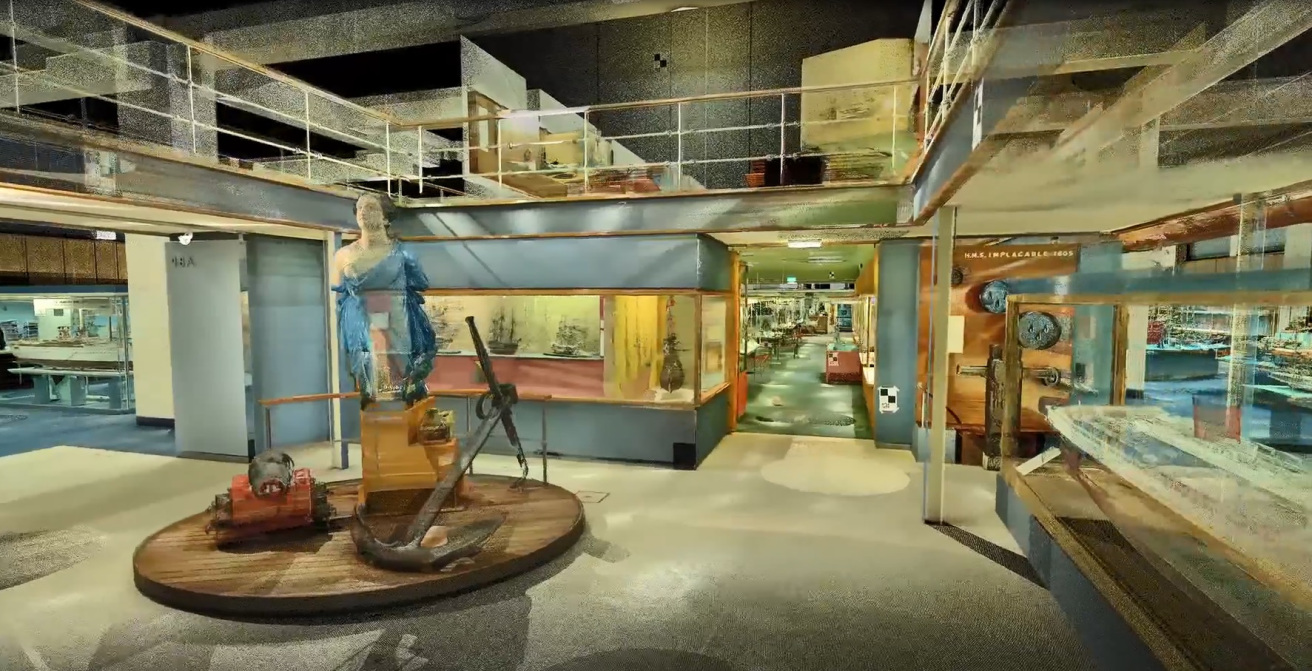We’re really pleased to see the release of a new book, The Routledge International Handbook of New Digital Practices in Galleries, Libraries, Archives, Museums and Heritage Sites, Edited by Hannah Lewi, Wally Smith, Dirk vom Lehn, Steven Cooke (2019). Which has a book chapter from me and my colleagues in it! Based on the PhD research of Dr John Hindmarch, which was supervised by myself and Prof Stuart Robson, this chapter asks if digital heritage 3D objects have their own aura…
Hindmarch, J., Terras, M., and Robson, S. (2019). On Virtual Auras: The Cultural Heritage Object in the Age of 3D Digital Reproduction. In: H. Lewi; W Smith; S Cooke; D vom Lehn (eds) (2019). The Routledge international Handbook of New Digital Practices in Galleries, Libraries, Archives, Museums and Heritage Sites. London: Routledge, pp. 243-256.
Making 3D models for public facing cultural heritage applications currently concentrates on creating digitised models that are as photo realistic as possible. The virtual model should have, if possible, the same informational content as its subject, in order to act as a ‘digital surrogate’. This is a reasonable approach, but due to the nature of the digitisation process and limitations of the technology, it is often very difficult, if not impossible.
However, museum objects themselves are not merely valued for their informational content; they serve purposes other than simply imparting information. In modern museums exhibits often appear as parts of a narrative, embedded within a wider context, and in addition, have physical properties that also retain information about their creation, ownership, use, and provenance. This ability for an object to tell a story is due to more than just the information it presents. Many cultural heritage objects have, to borrow an old term, aura: an affectual power to engender an emotional response in the viewer. Is it possible that a 3D digitised model can inherit some of this aura from the original object? Can a virtual object also have affectual power, and if so, fulfil the role of a museum object without necessarily being a ‘realistic’ representation?…
